You might think that the snow and cold have killed all the plants, but a walk in the woods in January will show you that some of them are still alive and growing. I’ve noticed on my walks over the years that two ferns remain evergreen during the winter. It rained a lot the two previous days. The high temperature was 45degF. The ferns would have looked great in photos, but last night there was snow and they are now obscured.
I know very little about ferns
It’s not much more than that. It was time to learn a little more. It is important to understand the terminology. Otherwise, anything you read online or in guidebooks will make no sense. You can review the terminology in Fancy Frons Nursery’s Glossary. Please join me as I attempt to identify these two species of fern.
Christmas Fern
The Christmas fern (Polystichum Acrostichoides) is named so because it has been used as a holiday decoration.
Cullina recommends that if you want to use the plant this way, you should only remove one or even two fronds per clump. Otherwise, you may weaken it. In a garden, wait until new fronds have grown and old fronds have dried before cutting them down.
This is what a Christmas fern looks like today.
The Christmas fern’s fronds look very distinctive. It’s also one of only a few evergreens that are native to Northeast North America. I am pretty confident I have identified it correctly. The next fern’s identity is more ambiguous.
What is the difference between Lady Fern and Wood Fern?
Although I am not 100% sure, I think this is lady fern and not intermediate wood fern.
Cullina organizes ferns alphabetically according to their botanical names, so I may not have thought of it if I had not seen the image first. It looks just like the fern that grows in my woods. And it is supposed to be the predominant fern in my region, so I was happy. But nowhere did it mention it being evergreen in the winter.
Dryopteris was the only name that kept popping up when I searched for evergreens. Dryopteris Intermedia, also known as intermediate wood fern (aka fancy fern and glandular wood-fern), looks just like my fern. Which is it?
The stipe of both ferns should have scales.
I brought in one sample frond, but it occurred to me that the fronds of ferns that have spent a few months in winter will be worn out. It’s hard to tell, but the brown papery material on the stem looks like scales to me. Maybe if I looked at a freshly unfurled frond, it would be more apparent. The wood fern should also have “ Short glandular hairs are visible through a good hand-lens “I think there is a magnifying lens somewhere in our house, but I could not find it.
What is the easiest way to tell these two ferns apart? The sori are circular in the intermediate woodfern.
What do you think about this? What do you think? look like eyebrows .
The photo is not very sharp when magnified, but the sori appear to be circular.
Intermediate fern today.
They were taken in February last year. They are flattened in the snow but , they remain green .
The thaw in winter, however brief, gives me a hint of spring. And seeing these evergreens ferns reinforces my feeling that plants are ready to grow as soon as they receive the signal.
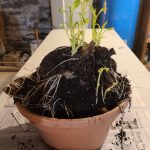





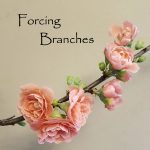
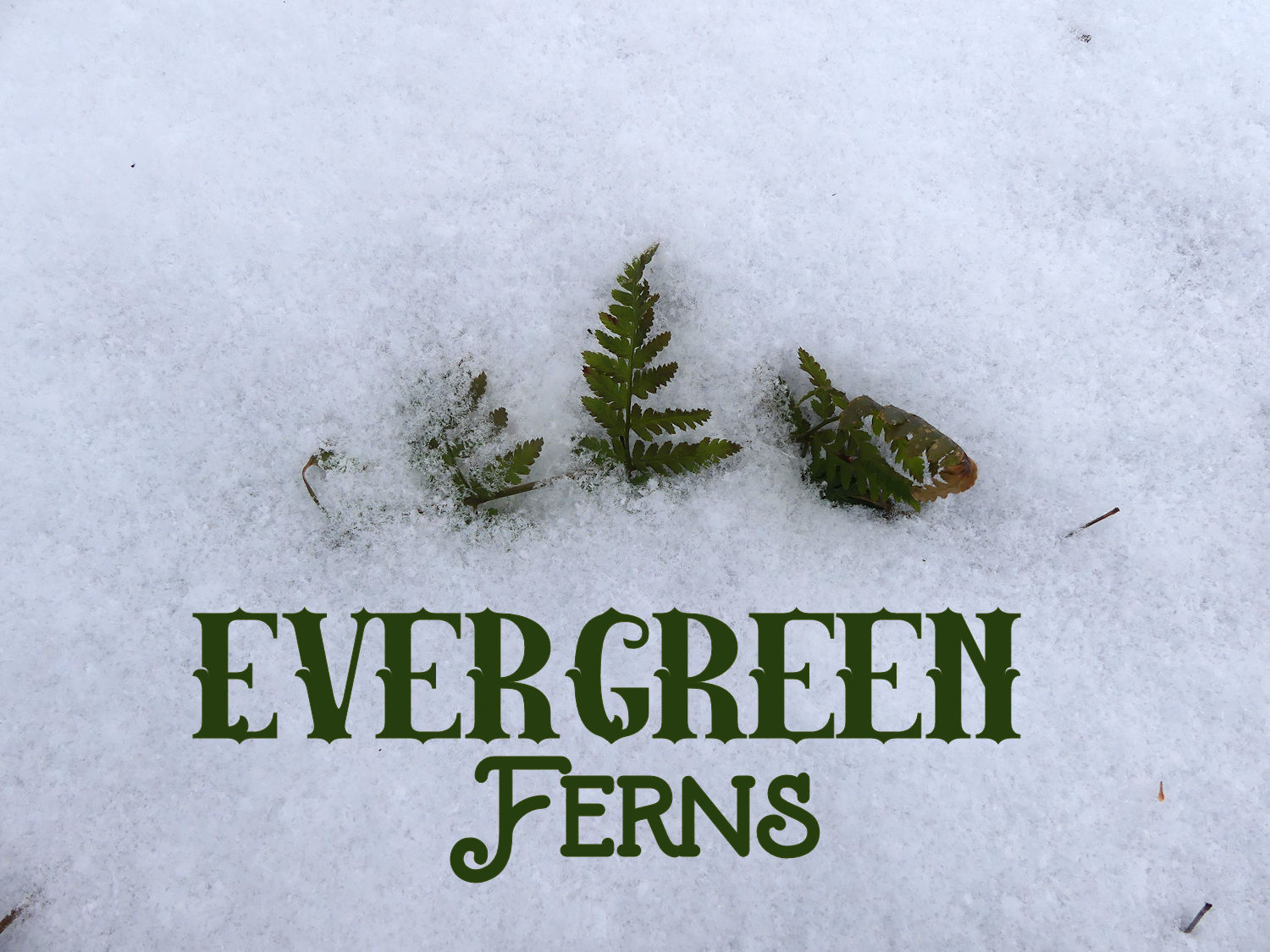
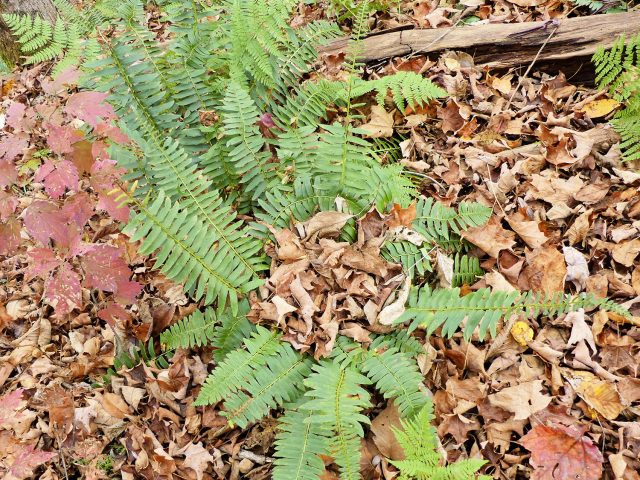
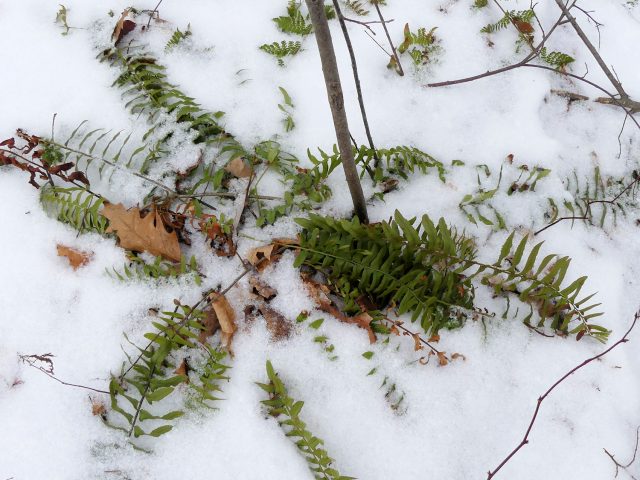
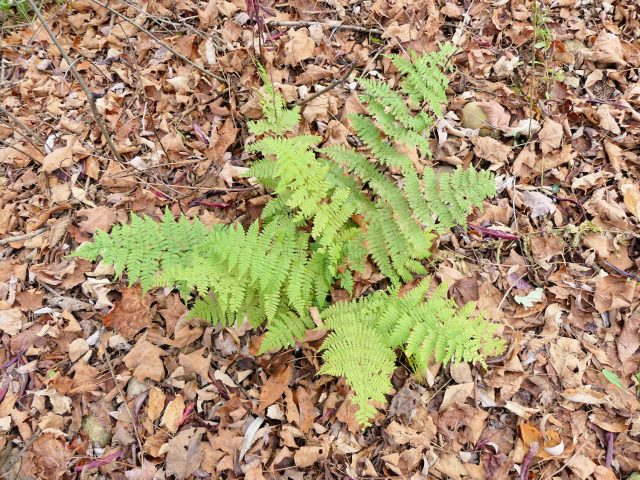
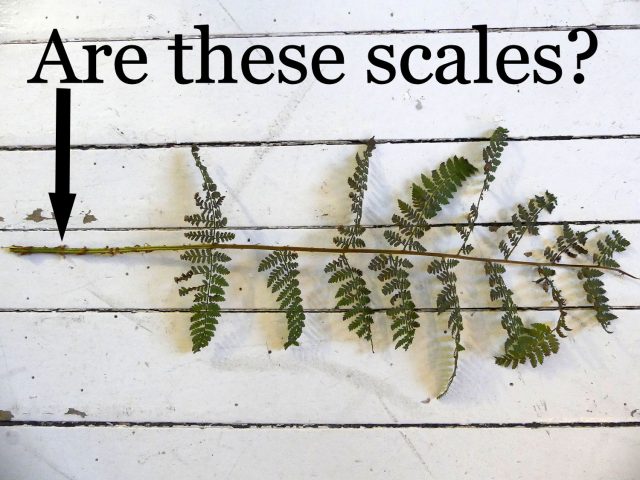
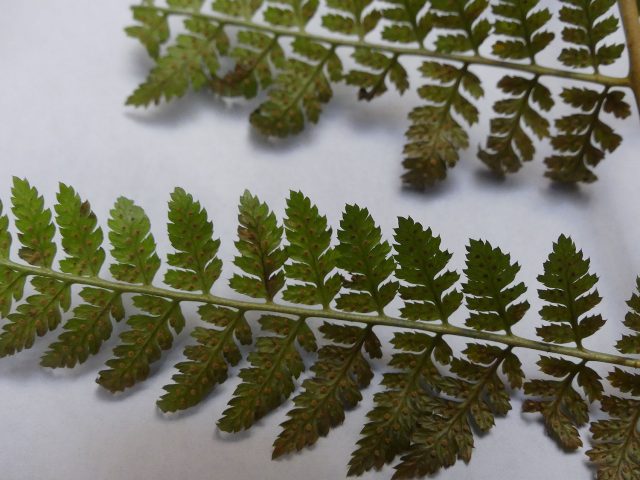
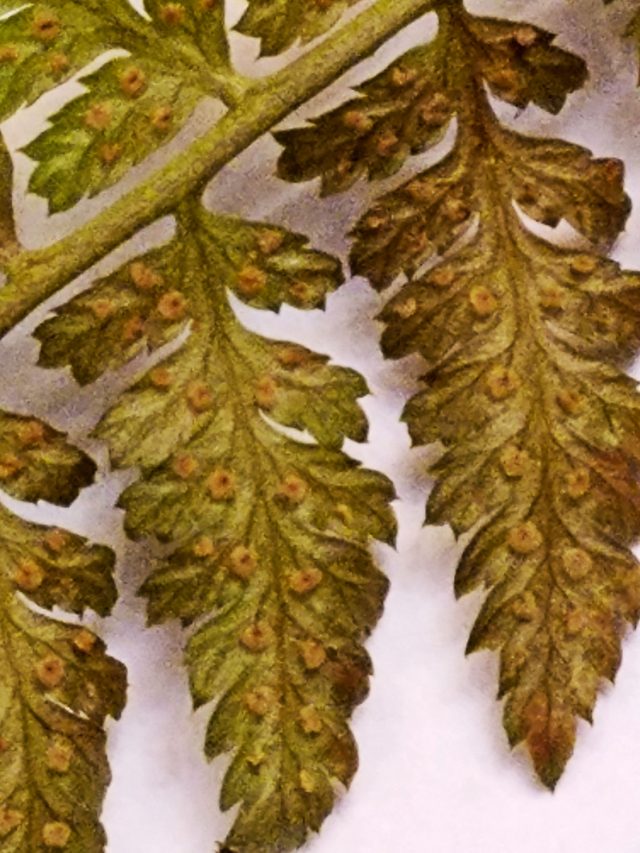
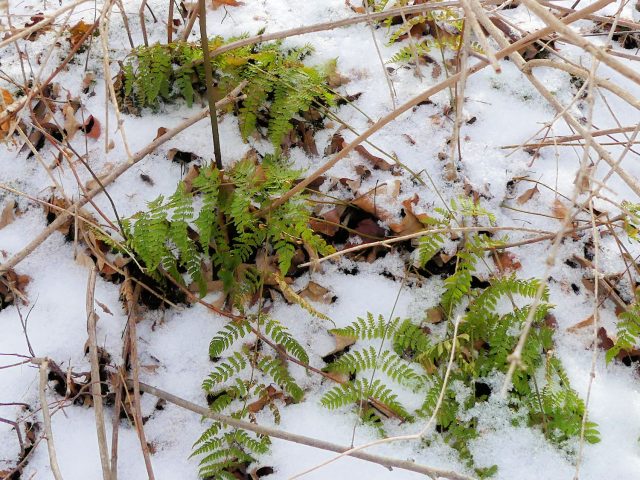
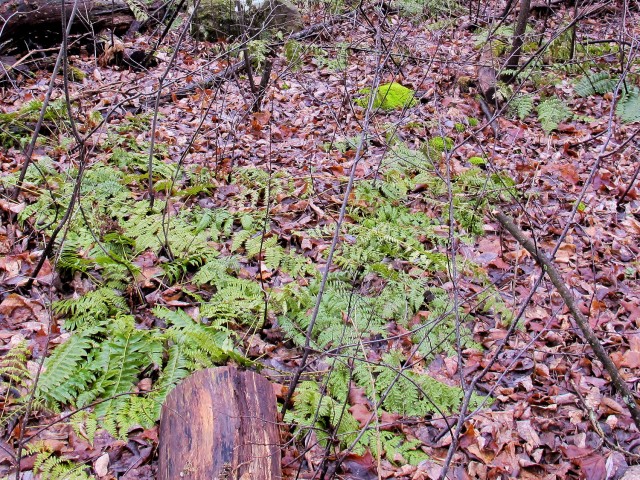
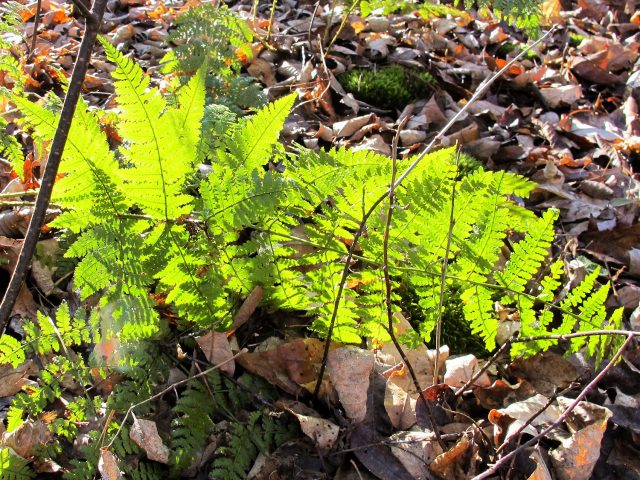
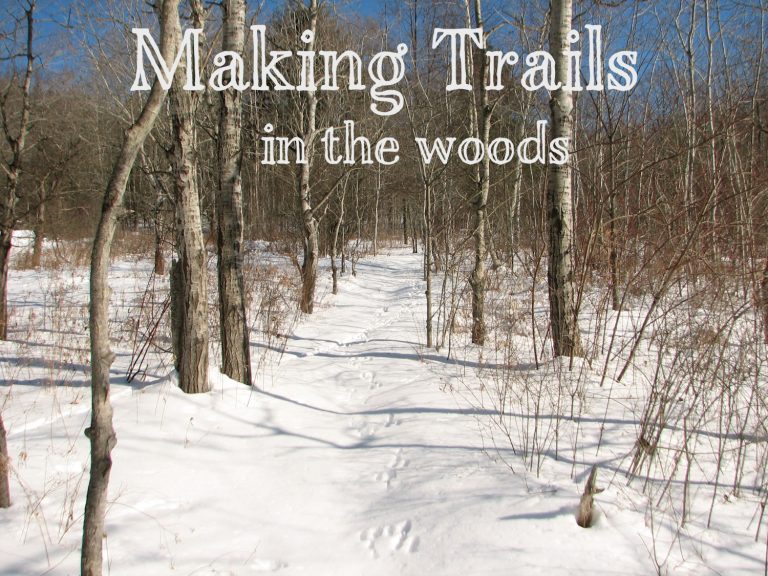
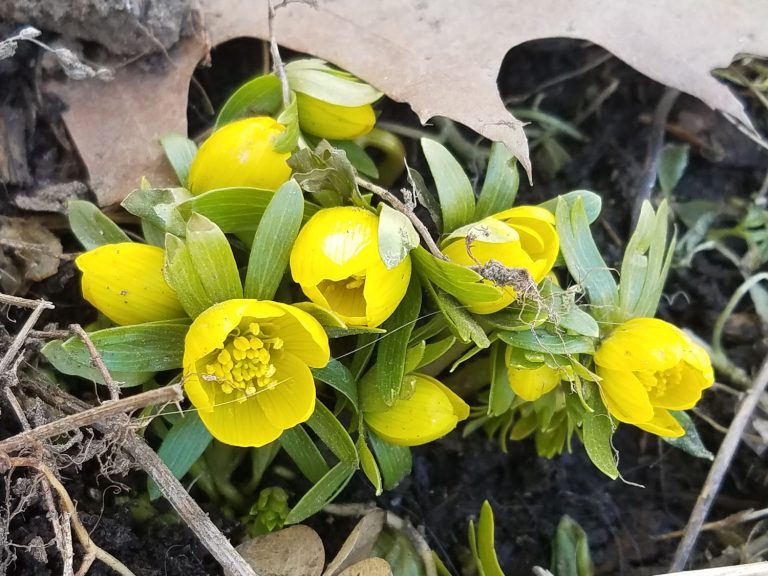
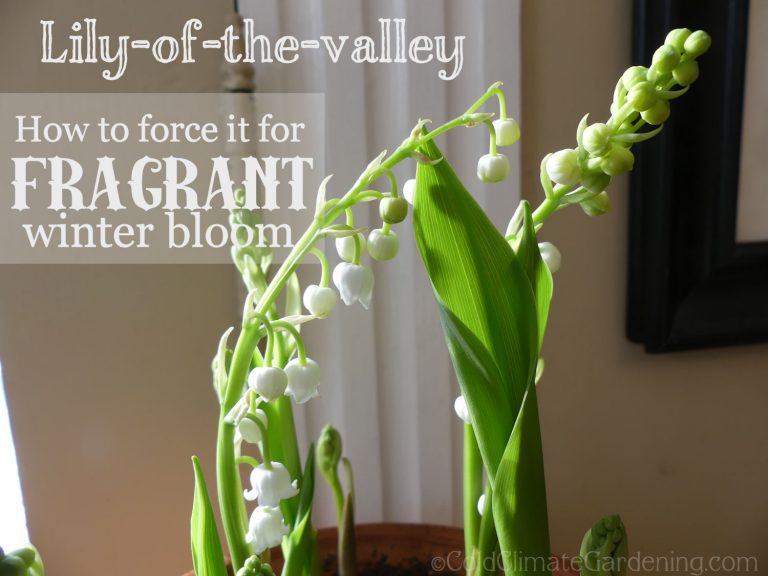
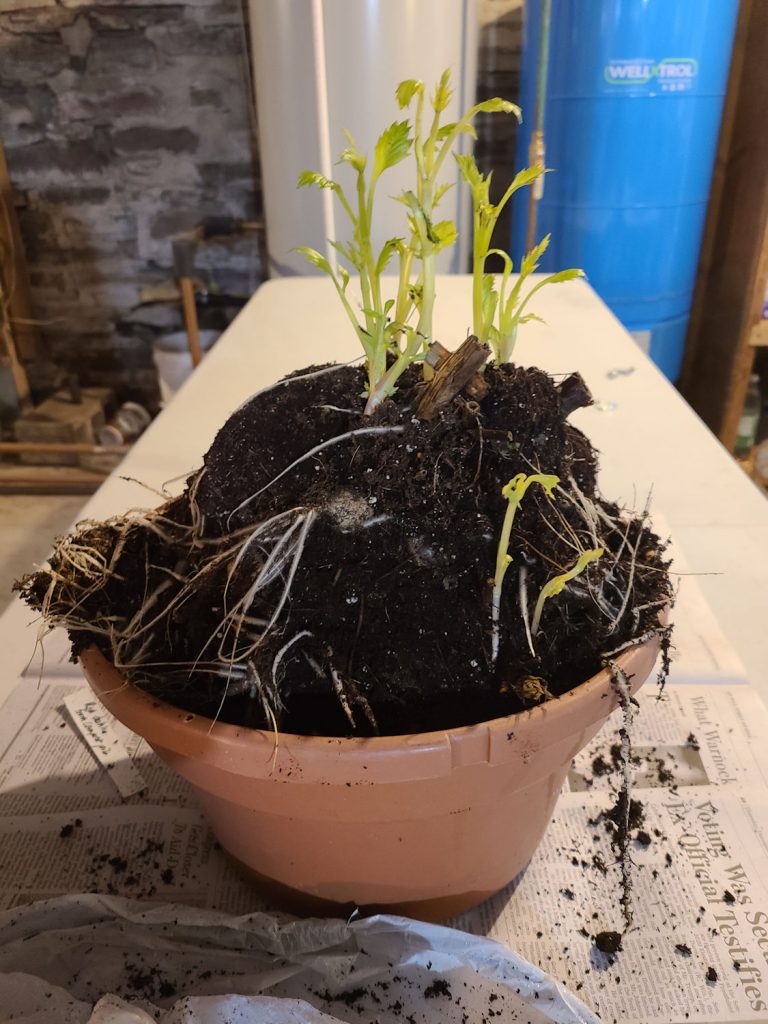



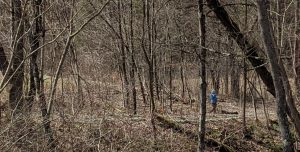
+ There are no comments
Add yours